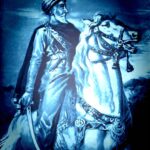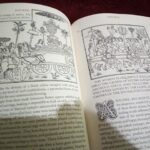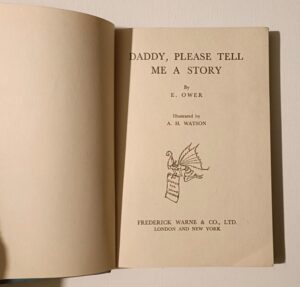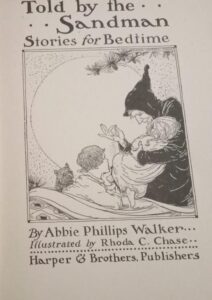Peter Earle’s Monmouth’s Rebels : The Road to Sedgemoor 1685
A compelling and insightful exploration of one of England’s most dramatic yet often misunderstood uprisings.
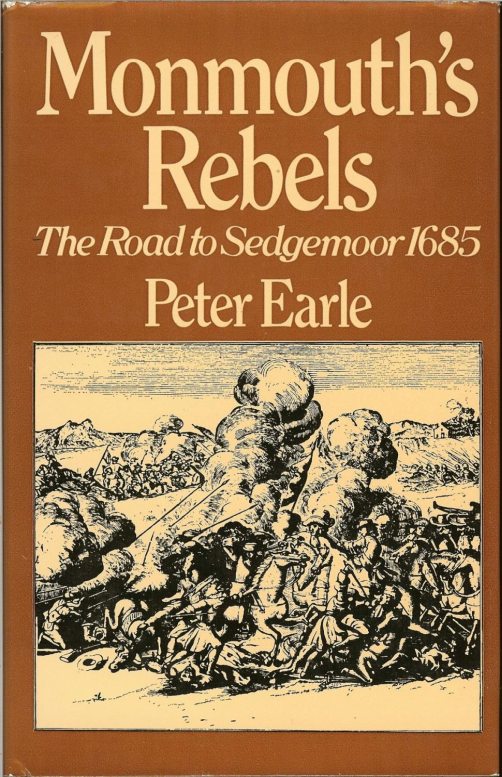
Rather than focusing solely on the charismatic Duke of Monmouth, Earle shifts the narrative to the men who rallied behind him, skillfully piecing together their stories through extensive research in local records and archives. This unique approach breathes new life into the familiar events of the rebellion by grounding the history in the lived experiences of those who risked everything on the fields of Sedgemoor.
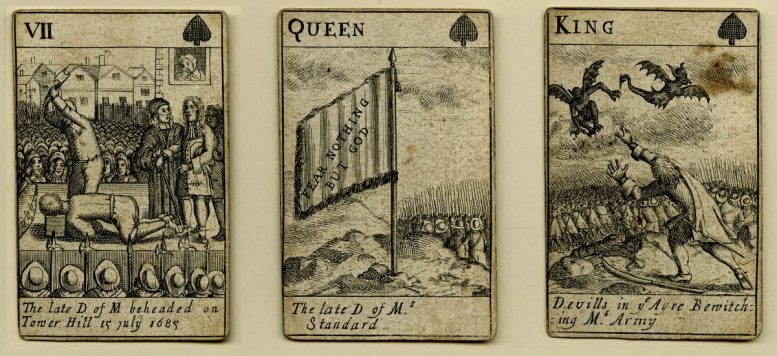
One of the book’s key strengths lies in its thorough research and its commitment to demystifying longstanding myths. Earle challenges the traditional notion that Monmouth’s army was simply a ragtag group of “plowboys and apprentices,” revealing instead that many rebels were respectable family men from the so-called “middling sort.” Their decision to take up arms was not a rash or blind act but a measured gamble driven by deeply held political convictions. By reconstructing the social background of the rebels, the book offers a richer, more nuanced understanding of political dissent during Restoration England.
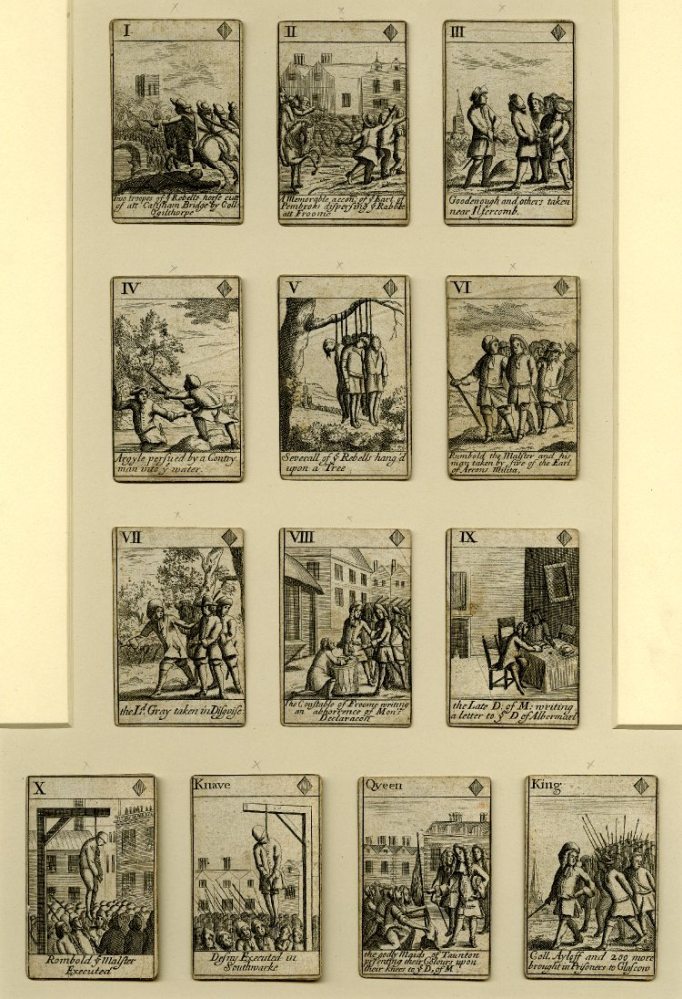
Beyond its historical narrative, Monmouth’s Rebels excels as a social history that delves into the communities behind the rebellion. Earle provides detailed profiles of individuals and the networks that supported them, highlighting the broad base of support for the “good old cause.” Importantly, the book offers a balanced assessment, recognizing both the courage and commitment of the common men and the failures and betrayals among their leaders. This contrast reinforces the tragic nature of the uprising and underscores the divide between the determination of the rank and file and the shortcomings of those in command.
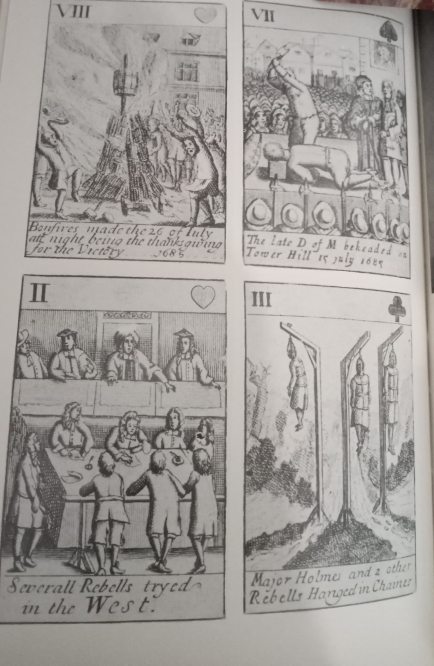
However, some readers have noted that while Earle’s meticulous research enriches the book, the prose and structure occasionally feel uneven. Characters and themes sometimes enter and exit the narrative in a way that can disrupt the flow and diminish the immediacy of the story. As a result, readers seeking a fast-paced, stirring account might find the detailed, scholarly approach less engaging than more concise treatments, such as Robert Dunning’s shorter work on the rebellion. Nonetheless, the depth and nuance of Earle’s analysis make it invaluable for readers interested in a comprehensive understanding of the period.
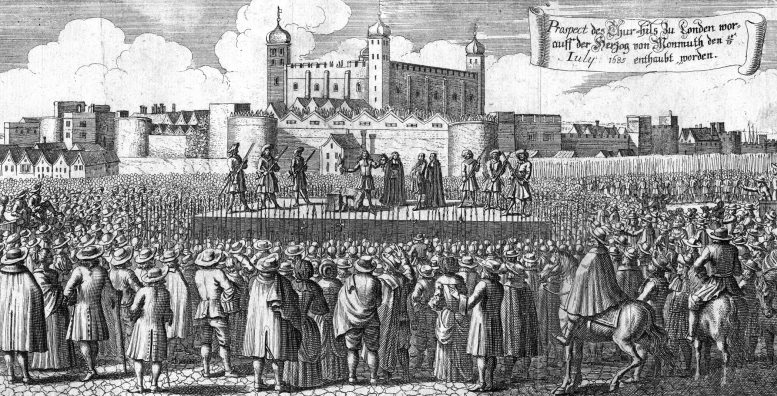
Critically, Monmouth’s Rebels has been praised as the most detailed and thorough analysis of the rebellion and its participants available. Reviewers have lauded Earle’s painstaking use of obscure sources and his objective portrayal of the complexities within the rebel movement. While some stylistic reservations have been noted, the book’s contribution to the historiography of the Monmouth Rebellion and the wider political landscape of Restoration England is undeniable.

Originally published in 1977 by Weidenfeld and Nicolson in the UK, and this edition may be worth soon like 70, or 90 euro. Monmouth’s Rebels was followed by a U.S. edition from St. Martin’s Press in 1978. These editions, both hardcover, include bibliographies and indices to support further study. Although no new editions have been released recently, the book remains accessible through various secondhand book sellers and online retailers, continuing to serve as a valuable resource for scholars and history enthusiasts alike.



